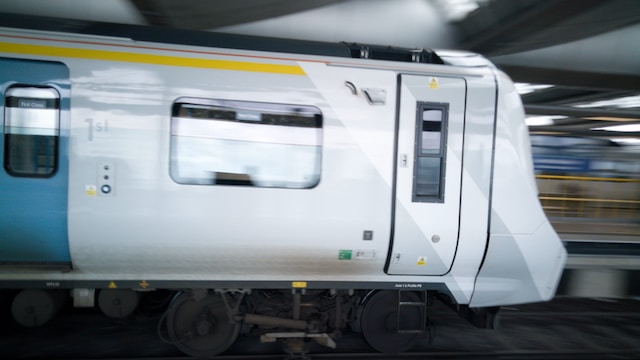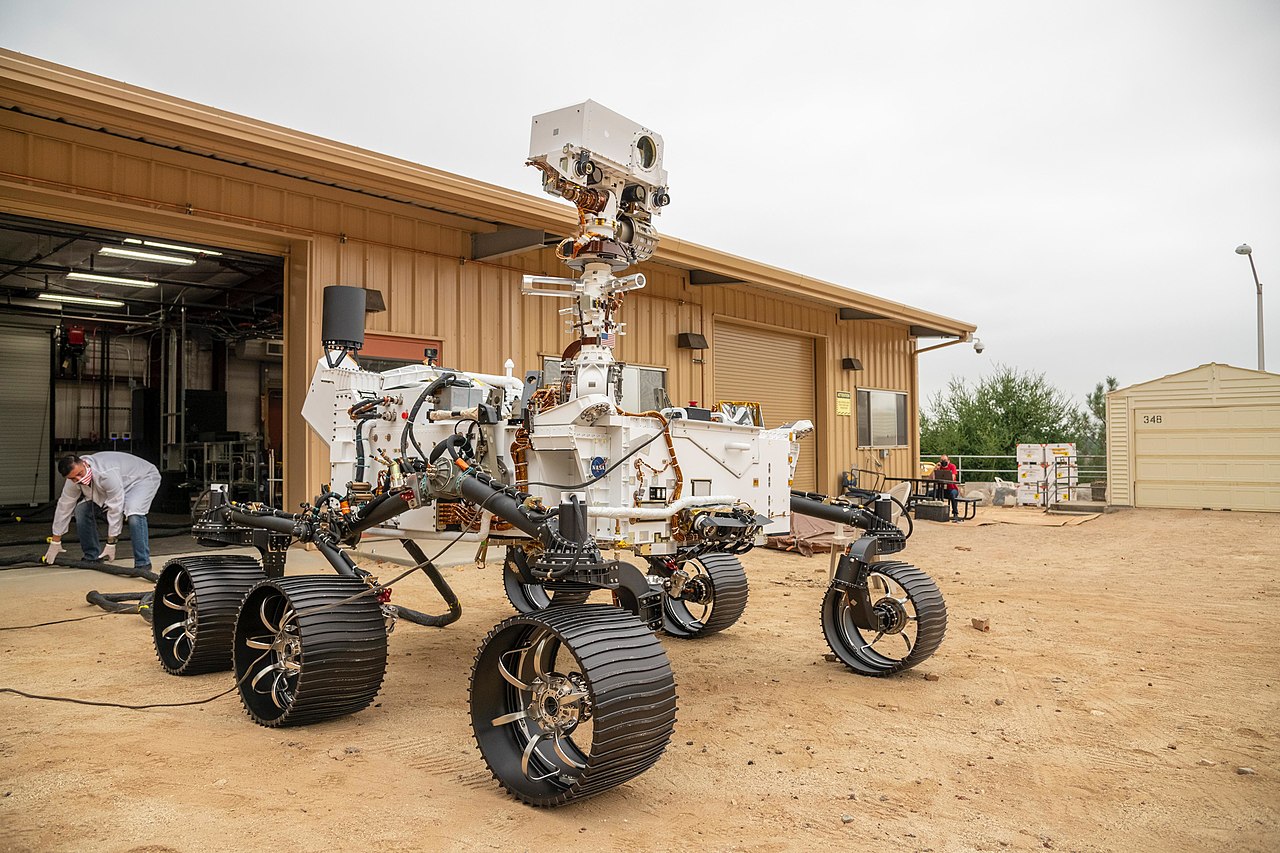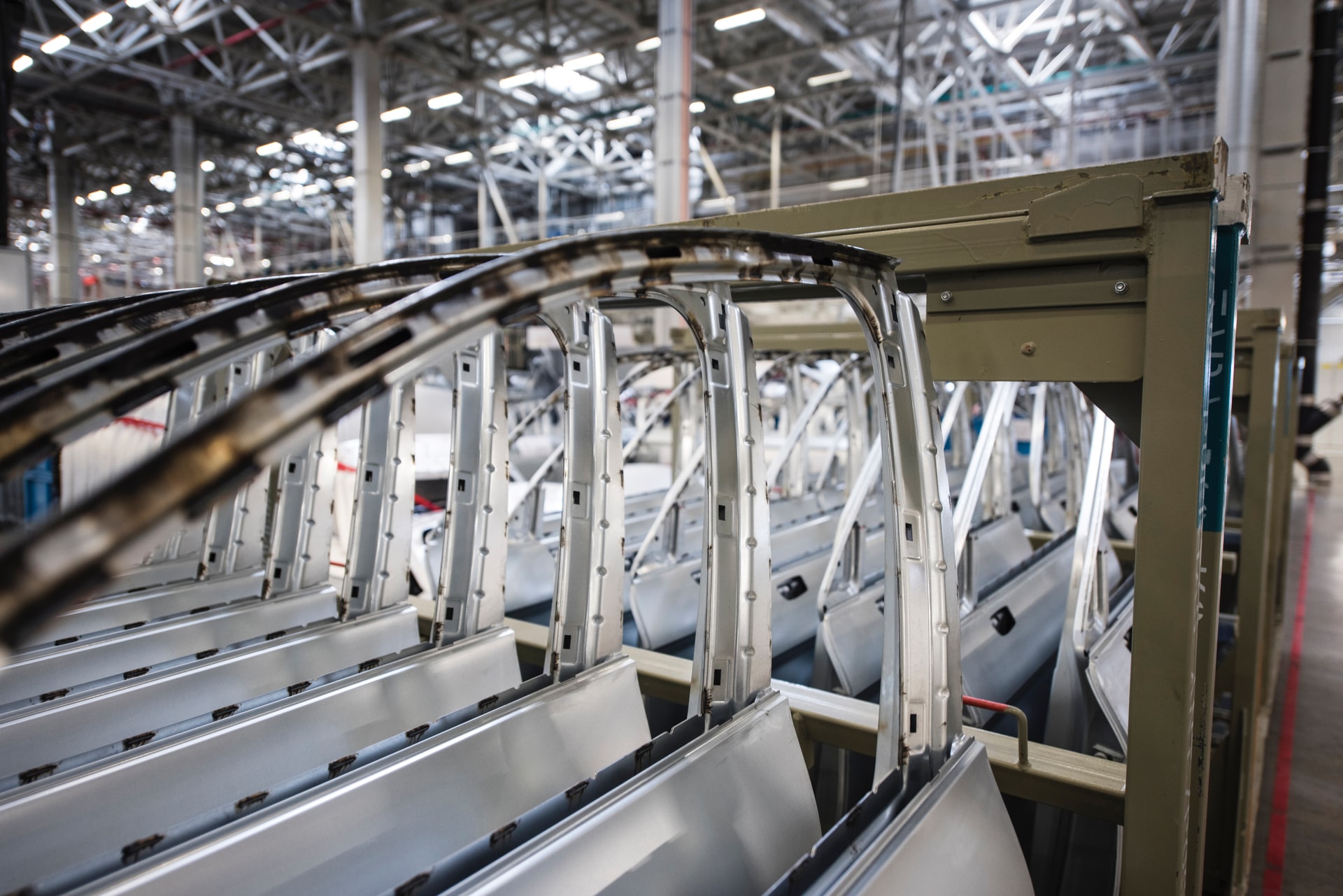Blackfriars Railway Station, Central London
The world is getting used to solar installations on all kinds of things: phones, laptops, refrigerators, boats, automobiles and more. Now we are beginning to see the proliferation of solar panel covered bridges in urban settings that help reduce emissions and power critical infrastructure.
Over the next half century, most of the world’s bridges and transportation hubs are likely to add renewable installations to their structures, providing clean energy while often making them more pleasing to the eye.
1886 Victorian Era Bridge Gets Facelift
IndustryTap described London’s $23 billion subway project “Drilling 26 Miles of Huge Tunnels Under London“. Now the world’s largest solar installation built atop a bridge at a cost of $12 million (€9 million), spans the Thames River in the heart of London, sporting 4,400 Panasonic WP photovoltaic solar panels.
Blackfriars Rail Bridge was updated and upgraded as part of London Rail Network’s modernization and expansion. The installation covers 65,000 square foot (6,038 m²) and supplies 50% of the energy needed to run Blackfriars Station. The previous largest solar bridge was the Kurilpa footbridge in Brisbane, pictured below.
Large Solar Installations in Cities are Rare and Tricky
The new station is now considered an iconic London landmark, that will reduce the station’s carbon emissions by 511 tons annually or about 90,000 automobile trips. The solar installation was carried out by Solarcentury, took five years and now serves as the model for London’s efforts to lead Europe and the world as a sustainable city.
According to Solarcentury CEO Frans van den Heuvel, “the more projects of this kind we build the easier and less expensive will be the work on similar big urban solar projects in the future.”
The following is a time lapse video of Blackfriars Station construction with solar panels added at the 2:38 minute mark.
Related articles on IndustryTap:
- Space-Based Solar Panels Require Advanced Telerobotics
- Scrobby Scrubs Your Dirty Solar Panels for You
- Scientists Develop Self-Cooling Solar Panels That Produce More Power
References and related content:







